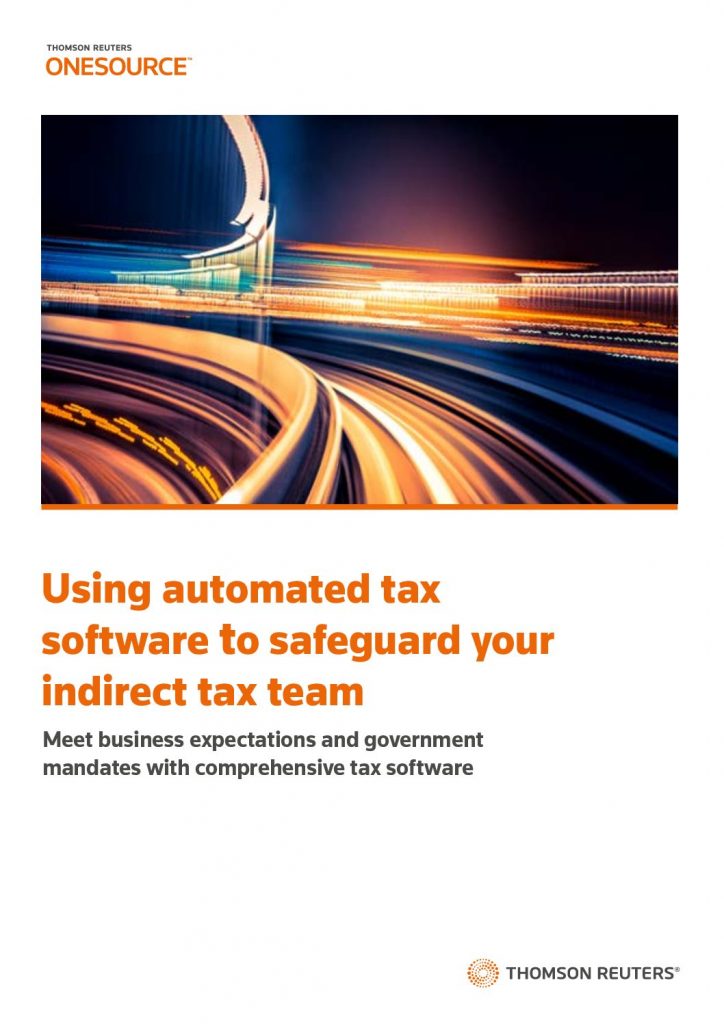Common challenges for the tax team
Continuing to survive in today’s tax world is increasingly difficult because you’re facing several ongoing challenges, whether it’s keeping up to date with changes in tax rates and rules, staying on top of compliance, or sending punctual responses to audit requests.
At some point you will have to accept that the team’s existing manual processes will not be sufficient to address these increasing pressures and could end you in last place before you know it. It’s therefore time to look ahead and focus on being proactive and developing indirect tax processes and tools that are flexible enough to help you adapt and thrive, no matter what changes come your way.
Digitise your tax team
Digitalisation is the use of digital technologies to change a business model and provide new revenue and value-producing opportunities. It’s the process of moving to a digital business, while also improving customer interactions and sustaining interest and engagement.
There are two driving forces behind tax departments moving to digitalisation – customer expectations and government mandates.
Customers desire a fast, frictionless buying experience. As a vendor, not getting indirect tax right the first time creates inefficiencies and bad experiences, and governments have put greater burdens on corporations and become more aggressive in how they collect tax by leveraging technology.
Re-evaluate the indirect tax function
Tax professionals may be hesitant to use technology such as automation, for fear of being left behind. Rest assured that technology will always need skilled professionals like you for it to be successful. Most importantly, indirect tax automation frees you up from time-draining manual tasks so you can focus on more strategic activities that benefit your business.
It’s about being proactive, not reactive, with your data – getting as much data as you can, figuring out how it relates, ensuring accuracy, and running extensive analytics.
It’s therefore essential you ensure your team’s success by creating a strategic indirect tax department that features:
- A consistent approach to compliance, removing the risk associated with varied processes across business units and or locations
- The foresight and flexibility to restructure the indirect tax team for a successful organisation in the future
- The ability to support the business during new operation creations such as M and amp;A activity and capital purchases etc
- The proactive spirit to become a partner with the finance department and see what technologies other tax teams and the larger finance team are adopting
You have the power to be the catalyst of positive change and elevate your team by shifting the indirect tax department’s perspective within your organisation. You can transform uncertainty into opportunity by building support for funding and investing in tax technology to automate indirect tax.
The timeline that tax departments will have to respond to pressures is not predictable, so it’s essential that you start planning now
Download this white paper to find out the benefits of securing buy-in and funding for an indirect tax software solution for your increasingly pressurised tax team.
The key is a comprehensive tax technology solution, such as ONESOURCE Determination. While tax technology easily automates manual work and keeps up with changes for you, you can concentrate on strategic work that increases your profits and clearly demonstrates the value of your indirect tax department.

































































